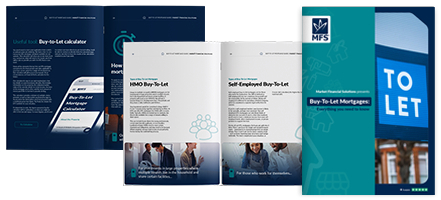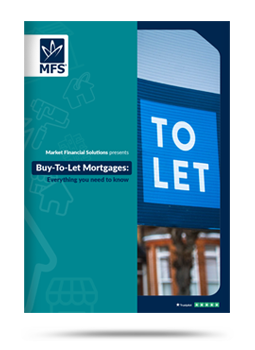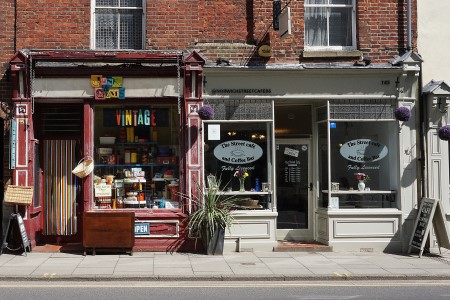Market Financial Solutions are a bridging loan and buy-to-let mortgage provider and are not legal, financial, investment or tax advisers. This document is for informational purposes only and does not, and should not be considered, to constitute legal, financial, investment or tax advice or be relied upon by any person to make a legal, financial, investment or tax decision. Therefore, Investors are encouraged to seek appropriate professional advice. The information in this content is correct at time of writing.

Many homeowners, landlords, and property investors may be tempted to sell up at the moment. The market is facing difficulties. With rising costs and restrictive legislation on the way, some may deem the challenges too great to bear.
But these economic issues bring with them opportunities. Property prices are subdued at the moment, creating a rare opportunity for buyers. There is still huge demand for property, so sellers may also be using this to their advantage to sell quickly, but they’ll want to make sure they get all their ducks in a row before they bring their assets to the market.
Key to this, will be the redemption figure. Without getting this element of the selling process sorted, it’s unlikely you’ll get very far. As such, this blog will break down what a redemption figure is, what the difference between mortgage balance and redemption figure is, how the figure is calculated and more.
Source: BBC
What is a redemption figure?
A redemption figure tells you exactly how much you need to pay to redeem, or pay off, your mortgage in full. This will not only include your remaining mortgage balance, but also interest owed, early repayment fees, and other costs. A redemption statement is the document that presents all this information.
Source: Ringrose Law
Difference between mortgage balance and redemption figure
Homeowners may also be able to request a “balance”, but this will usually just cover the remaining mortgage, excluding other costs. Sellers will need to request this because they will need to provide their conveyancing solicitor with these details to progress. Solicitors will need a redemption figure to pay off the debt when your sale completes.
Source: Ringrose Law
Why could we see a rise in mortgage redemptions?
The process of a mortgage redemption involves completely paying off your mortgage. This will include the interest and fees and once it’s done, your mortgage account will be closed. While this is done by those moving house, it can also be done for remortgaging, and by those who simply want to pay their mortgage off early.
There’s plenty of incentive to pay off existing mortgages at the moment. Due to relatively high interest rates, those on a tracker mortgage or on standard variable rate mortgages will face higher costs.
Source: Compare my move, BBC

How does the mortgage redemption process work?
How you get a mortgage redemption statement will depend on whether you’re paying off your mortgage to be debt-free, remortgaging, or moving house. Regardless of your reasons though, you’ll need to contact your lender to get the ball rolling.
You should be able to do this through the usual channels. You can visit your local bank in person, apply over the phone, or through internet banking. Contact details and guidance should be available on your lender’s website.
If you’re remortgaging or moving house, the solicitor involved will request the statement on your behalf. The process may differ between lenders but generally, it can take around a week to receive a statement.
Source: Unbiased
How is a mortgage redemption figure calculated?
Exact calculations will vary between lenders. High street banks will likely have different early repayment fees, or other charges, for example. Generally though, some of the key elements that could be incorporated into a calculation may include:
- Fees for any new or additional borrowing arrangements
- Interest added since your last annual statement
- Early Repayment Charges
- Sealing fee charge (if applicable)
- Any other fees charged since your last annual statement
- Total mortgage payments made since your last annual statement
For early repayment charges, there’s unlikely to be a flat, industry-wide fee. The cost will depend on how much you’ve borrowed, and how far you are into your repayments.
They’re usually calculated as percentage of your outstanding mortgage. These percentages can range between 1% and 5%.
Source: NatWest, MoneySuperMarket
What do these figures mean for property investors?
You may want to keep an eye on redemption figures where possible, as they may give an indication of when sellers will be looking for buyers. Between 2012 and 2021, the value of repayments on the redemption of secured loans on UK dwellings generally rose, according to Uswitch, but there were significant fluctuations.
Where redemptions and/or early repayment charges are on the rise, it may highlight a hike in supply. Should you want to jump on this, specialist finance will allow you to move quickly, and with flexibility.
Source: Uswitch
The Complete Guide to
Buy-to-Let Mortgages
Everything you need to know
- Fundamentals
- Different mortgage types
- Useful tools
- Industry stats & more





